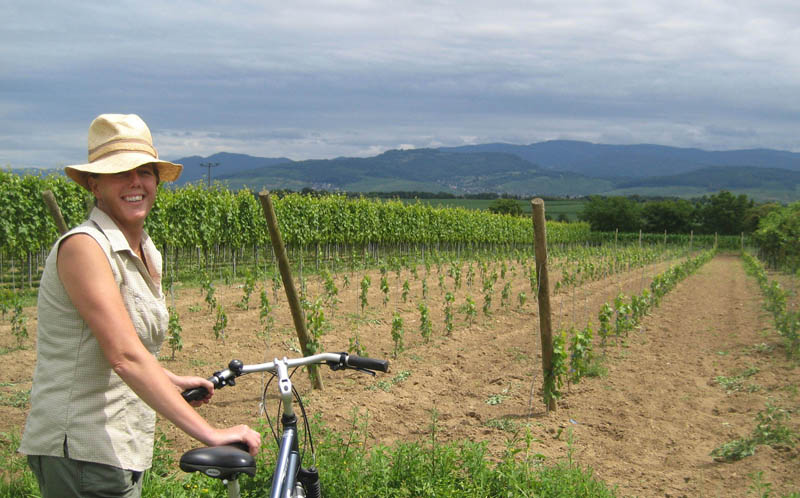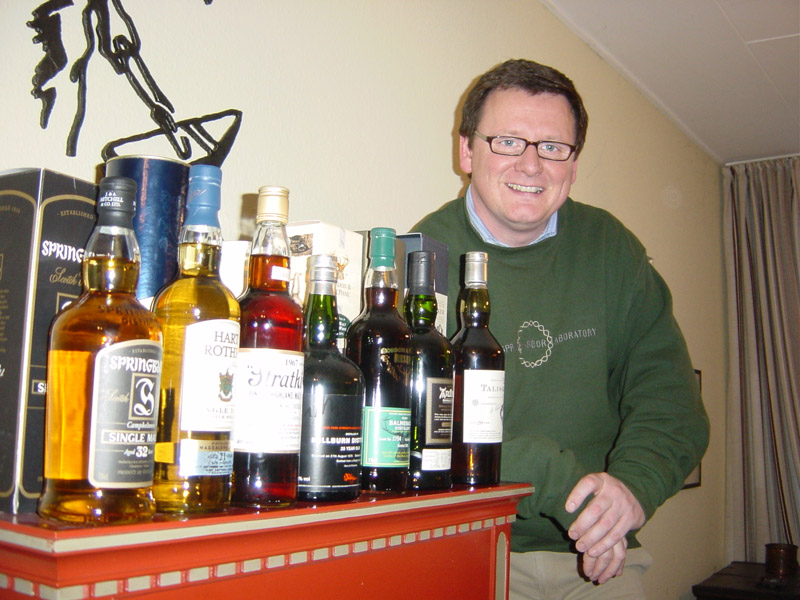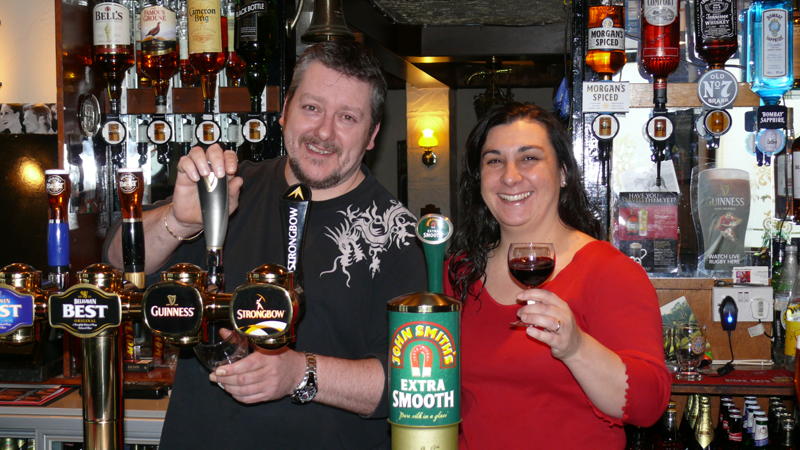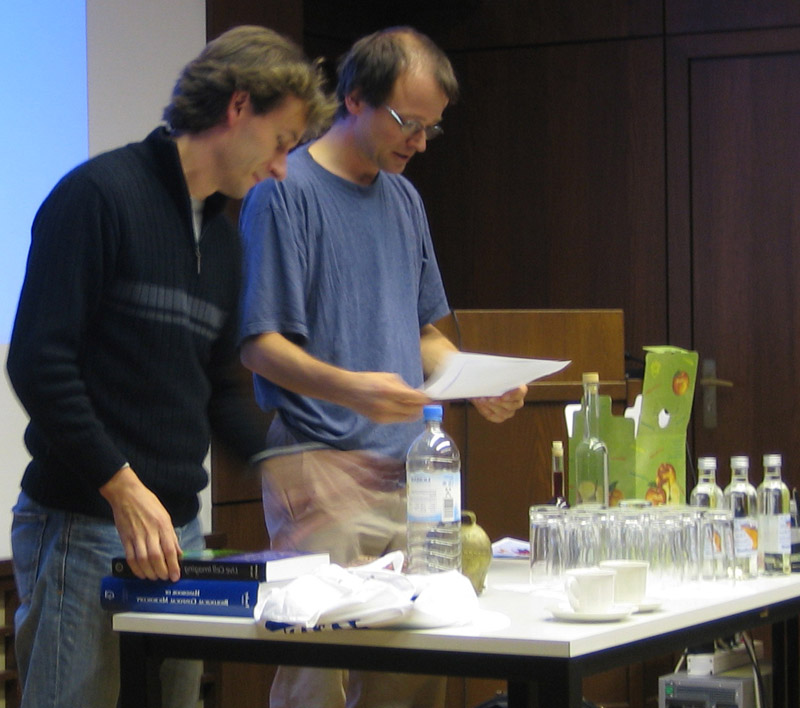The spirit of Christmas
With Christmas just around the corner, we spoke to some EMBL alumni who help bring festive cheer to the dinner table…

Then:Photographer in EMBL Heidelberg’s photolab, 2001-2006
Now: Freelance photographer, mbhstudios.comand vinter, Ökologisches Weingut Klaus Vorgrimmler, Freiburg
Wine making runs on a yearly rhythm, which starts in January with the cutting and tying of the vines for the new grapes. Cultivating the soil is a constant job from March to November. In May and June the vines flower, and harvest time – fun but very stressful – usually starts in October. Afterwards our work moves more to the cellar until the following year when the wine is bottled. We’re a small family business; we do all our work by hand and use the natural resources around us – which is why you always have to stay one step ahead.
These two lifestyles work quite well together, as the busy times for the photography usually fall outside the busy times with our wine. The time I spend in the vineyard gives me inspiration and a new way to look at my creative work.

Then: Postdoc, Instrumentation, 1997-1998
Now: Cadenhead’s Whisky Shop, Odense
After EMBL I went into biotech, but when my wife started the whisky shop and asked me if I wanted to join, I jumped at the chance. We have a franchise on products from Cadenhead’s, the oldest independent bottler in Scotland, and we’re the only retail outlet for them in Denmark. We specialize in niche products such as single cask and cask-strength whiskies. The most rewarding part of the work is actually people orientated. Being appreciated for our service and advice is a great boost to moral.
Whether it’s biotech or any other sort of business, the basics of setting one up are the same; of course, you need to have some expertise. I’m the only Scottish person selling Scottish whisky in Denmark, so my credentials are OK!

Then: Senior Administrative Officer, EMBL Monterotondo, 1998-2007
Now: Research Training & Development Manager at Geo-Science, University of Edinburgh, and pub landlady
Returning to our Scottish roots after almost 10 years in Italy, Alex (Regan – formerly technical assistant at EMBL Monterotondo) and I moved into the Staghead Inn, Fife, in February 2008. The pub was built in 1610 and is steeped in history, mainly involving our resident ghosts! I run the restaurant at weekends when I’m not at my job at Edinburgh University, and the rest of our family helps out too.
The Staghead is the focal point of the village. The first customers to walk in were Bob (affectionately known as one of the original grumpy old men) and Stewart, a brash, affable Glaswegian; they continue to make us feel at home. Another of our customers, JJ, flew over to Rome to play the bagpipes in full Scottish dress for EMBL Monterotondo’s Christian Fasci’s wedding. We hold karaoke and Celtic folk music events, and we have a very successful pool team!

Then: Predoc, Cell Biology and Biophysics, 1996-2000
Now: Group Leader, Heidelberg University Medical School, and Schnapps maker
When I’m not making the Frischknecht Schnapps – it’s a family tradition – I work on the motility of malaria parasites. It’s interesting to note that malaria parasites are essentially inhibited by Schnapps, but you need a lot; at the concentration that it’s bad for the parasite it kind of inhibits the drinker.
Making Schnapps is easy: you collect whatever fruits you have – 2009 was great for cherries – put them in a barrel, and let them rot. Occasionally you open the barrel and take a big breath – totally gorgeous! You get drunk even without drinking if the Schnapps is good. The Frischknecht one is absolutely biological. There’s no chemistry in there; just lots of biochemistry, though, from the good bugs. But watch out for the Drosophila (a totally overrated model organism). Sometimes thousands fly out of a barrel when you open it.